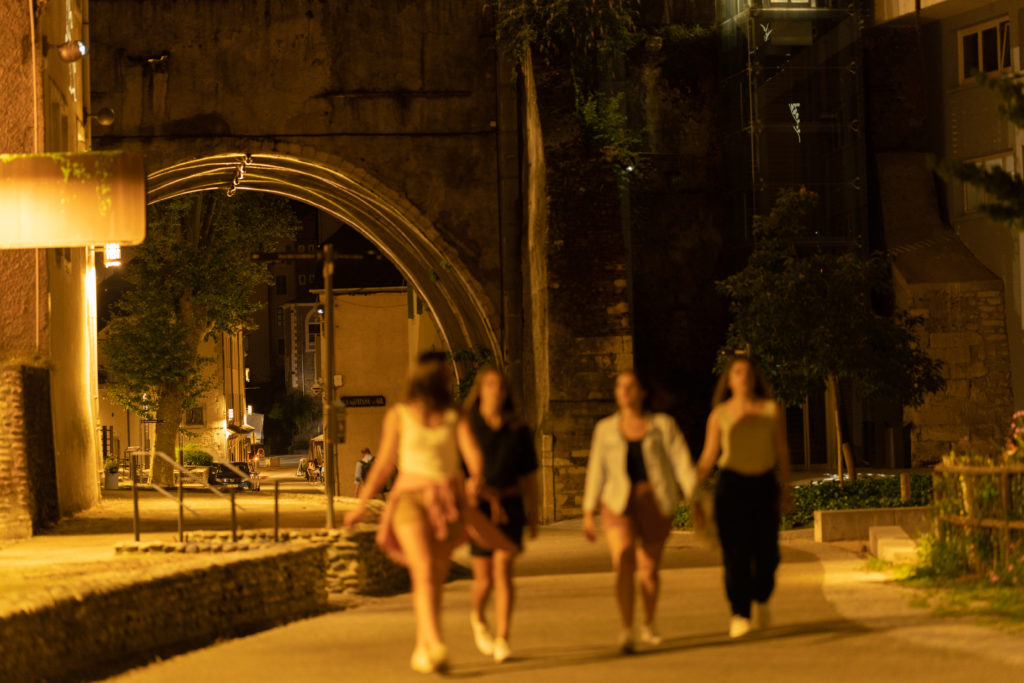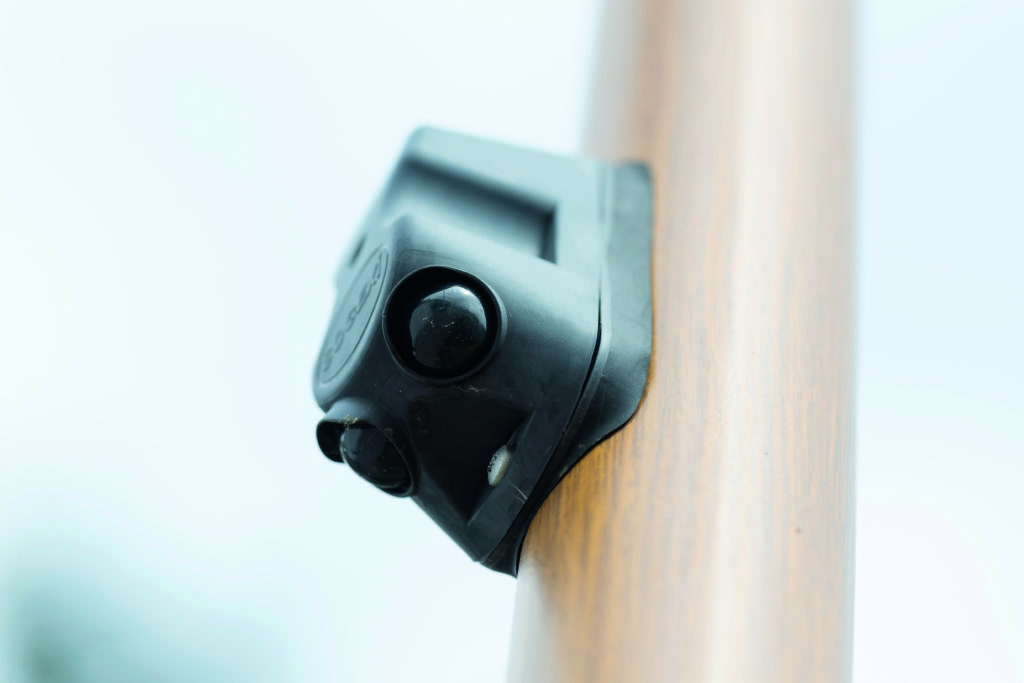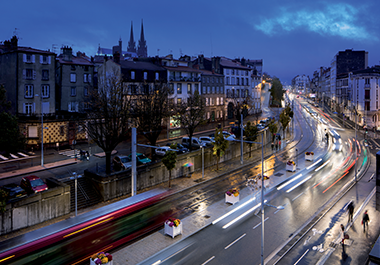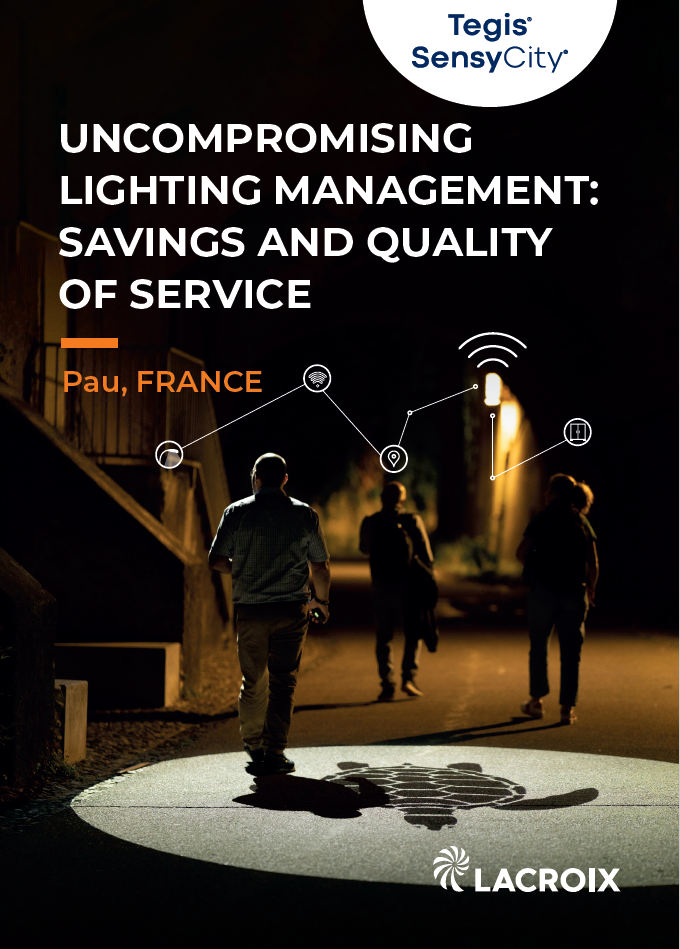23 February 2024
LACROIX City
Pau is a people-focused city located in southwestern France.
Offering a wide variety of spaces, the city continually adapts its approach to urban planning to its many different types of areas.
Pau has been committed to managing its energy use for several years. It is implementing an approach based on efficiency and careful analysis of its citizens’ practices in the city, whether they are traveling on foot, using soft mobility methods, by car, or by public transport.
It focuses in particular on the use of public lighting, and its history bears witness to this. Building on the installation of the city’s first street lighting in 1887 (only six years after the invention of the light bulb!) and the implementation of its comprehensive approach to urban development through lighting in 1996, the city of Pau is currently working on illumination projects for its historical heritage buildings and is demonstrating an innovative lighting strategy supported by public players.
- 80,000 residents, 15,500 light points
- 450 control cabinets, 32% led lighting
- 2013 first action plan for electrical safety and energy efficiency.
- 2015 second plan – Lighting Plan, Lighting Charter and SDAL*.
* Lighting master plan
Challenges
For the city of Pau, public lighting is a key driver of action to maintain the city’s appeal and manage its energy use without having to compromise.
The challenge is to ensure continuity of service, despite electricity price rises in recent years. Pau has chosen not to turn off its streetlights. This means the city faces multiple challenges:
- significantly reducing its energy consumption,
- reducing energy costs and coping with the energy crisis,
- providing a high level of service to users while maintaining their safety and well-being,
- taking account of the environment and biodiversity.
Approach
A LONG-TERM LIGHTING STRATEGY DESIGNED WITH THE WHOLE CITY IN MIND
Committed to ensuring its citizens enjoy a high quality of urban life, and supported by strong political will, the city of Pau has taken a comprehensive approach to renovating its public lighting, adopting differentiated but simultaneous ways of managing the city center and the areas outside it.
The aim is to think about the city and its night lighting in the long term, respecting the unique requirements and needs of each area.
This strategy has required two key steps:
- 2015: creating a light planning strategy and identifying 3 distinct areas: the city center, the Saragosse district and the rest of the city.
- From 2016, renovating city lighting, with a gradual switch from traditional lamps to LED.
This means that the city of Pau has created an uncompromising public lighting management plan from 2018 to 2028, combining benefits for citizens, energy savings, and an environmental approach.

DIFFERENTIATED CITY MANAGEMENT THANKS TO SCALABLE AND MODULAR SOLUTIONS
Based on a dense citywide network, the city of Pau uses LACROIX solutions separately and in combination. Take a closer look at just a few of the use cases.
The chosen solution
To implement its long-term lighting management strategy, which takes account of the identified areas’ needs, the city of Pau required a solution that could evolve over successive phases. The city chose the Tegis and Sensy smart management solutions for their modularity and scalability.
- 252 Tegis control units
- 55 Tegis RF extension modules (radio and PLC)
- 2864 Tegis PLC management nodes
- 1067 SensyCity detection modules (detection and/or RF management)
- 2 speed cameras
- 2102 Sogexi lamp post junction boxes
- 541 Sogexi wall mounted boxes

Compelling results
- 10 hours of dimmed lighting (reduced to 50% intensity) = 5 hours switched off
- up to 91% energy savings
- 12% reduction in cabinet power consumption between 2022 and 2023
- Happy citizens thanks to the continued high level of service

IN THEIR OWN WORDS
“Combining LED renovation and remote management in a static scenario results in energy savings in excess of 70% at each renovated installation, rising to 92% with the use of detection. These are the results we’ve seen in Pau with scenarios adjusted to suit each of our defined zones. We’ve been able to absorb the impact of the energy crisis in recent years thanks to our proactive deployment of these smart solutions.”
More articles

Case study
Pau, FRANCE : uncompromising lighting management : savings and quality of service

Explained
Supporting and securing the transition to soft mobility: what solutions?

Case study
Reykjavik : Outdoor lighting and the northern lights, cohabitation made possible...

Case study
Commune of Troistorrents rolls out intelligent and progressive street lighting solution

Case study





